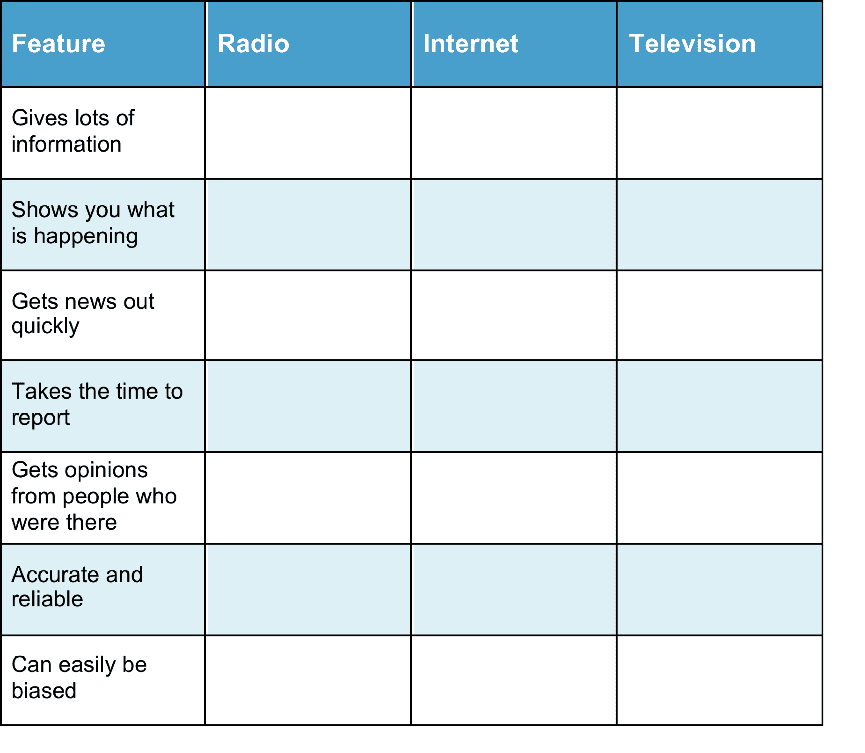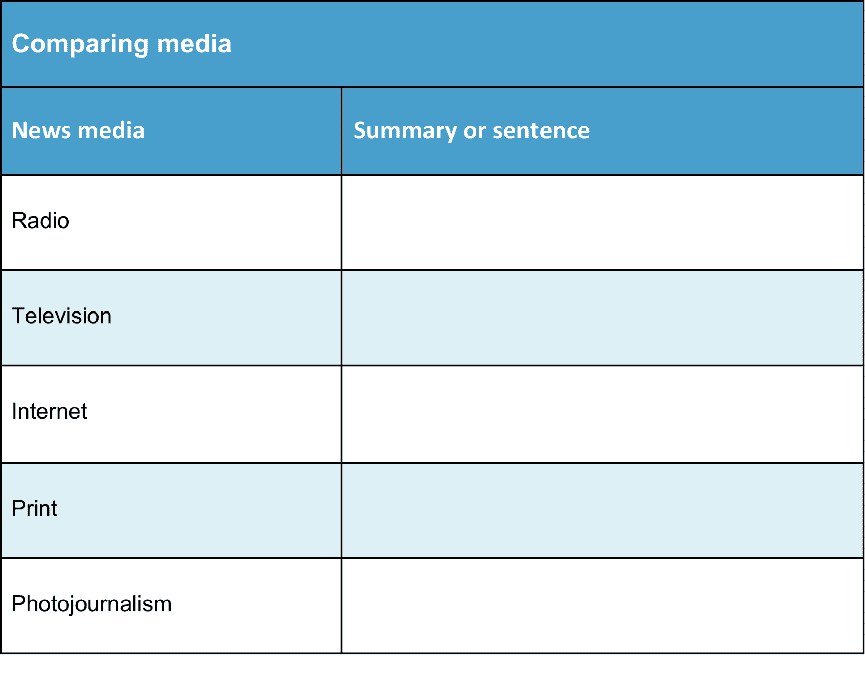Information for Teachers
Curriculum links
This investigation is linked to the following C3 Social Studies Standards for Grades 3–5.
D2.Civ.6.3–5. Describe ways in which people benefit from and are challenged by working together, including through government, work places, voluntary organizations, and families.
D2.Eco.3.3–5. Identify examples of the variety of resources that are used to produce goods and services.
How to search the internet
1 Keep your request short
Fewer words will give a more accurate search.
2 Choose exactly what you want
For example: Arctic Circle Climate
3 Use quotes
Double quotes around a set of words tell the search engine to consider those exact words in that exact order without any change. For example: “Arctic Circle Climate”
4 Use the plus sign (+)
If you add a plus sign (+) between words, the internet will search for all the words. For example: migrate+birds+whales+mammal
5 Use the minus sign (–) to say what you don’t want
Use a minus sign (–) to show words you do not want to appear in your results. For example: if you search for burrowing animals and do not want mammals in your search, –mammals will exclude mammals. Note that you need to put a space before the minus sign for the word to be excluded.
6 Be very clear about what you don’t want
Part 1
Ask questions and define problems
After reading News Travels Quickly, you may have many questions about how news is communicated.
List your questions
- Compare your list with questions that others have.
- Choose a question you would like to investigate.
- You can work alone, with a partner, or in a small group.
You may want to choose one or more of these questions to investigate
Q1. What are the main features of two or three different forms of news media? Which do you prefer and why?
Q2. Investigate and compare different types of news reports about a topic that interests you. What features did you like? Why? What features did you dislike? Why?
Q3. Sometimes, things that have been reported on the news are later found to be untrue. Investigate a story that was thought to be untrue. How do you think this happens?
Go to Part 2 Investigate →Part 2
Investigate
Helpful websites
You may want to use websites to help you’re your investigations.
You can do searches such as:
best+news+media+kids
You can find out which kinds of media are the most trusted by people and why by searching for: most+trusted+media
You can try NBC Learn
Go to Part 3 Record data →Part 3
Record data
Find a way of recording your information that will allow you to see any patterns in the data.
Data Chart for comparing news media
 Download Chart
Download Chart
Go to Part 4 Organize, analyze, and interpret data →
Part 4
Organize, analyze, and interpret data
1. Look over the information you have gathered and the patterns you have found.
Did you find news was reported faster from some types of media than others?
Was the news reported similar or different across different media?
2. Search for other patterns.
3. Makes notes about what you find.
Go to Part 5 Present and share →Part 5
Present and share
Look over all of the information that you have gathered in your investigation.
What are the most important ideas about your topic?
Make a chart showing the most important ideas.
 Download Chart
Download Chart
← Return to menu